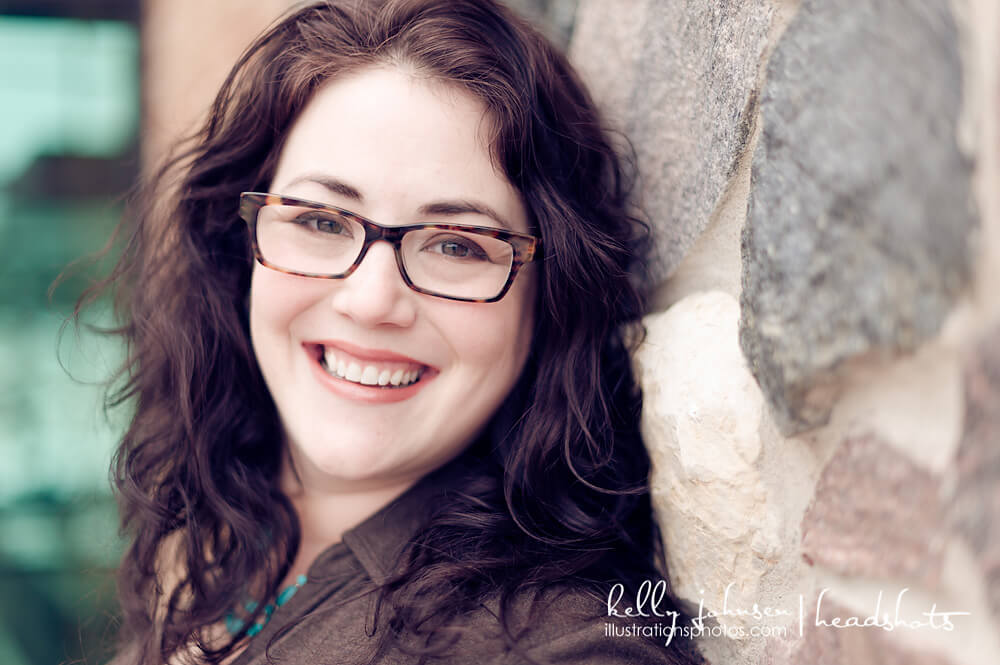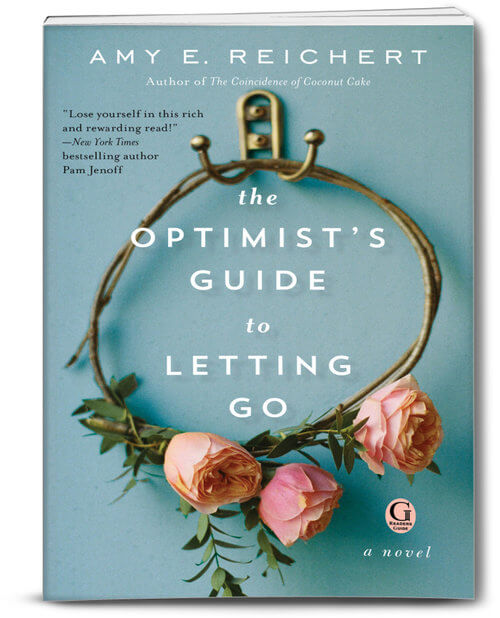Interview: Amy Reichert
 Midwestern Gothic staffer Henry Milek talked with author Amy Reichert about her book The Optimist’s Guide to Letting Go, mother-daughter relationships, optimism, & more.
Midwestern Gothic staffer Henry Milek talked with author Amy Reichert about her book The Optimist’s Guide to Letting Go, mother-daughter relationships, optimism, & more.
**
Henry Milek: What’s your connection to the Midwest?
Amy Reichert: I’ve lived in Wisconsin my entire life. I couldn’t be more Midwestern if cheese and butter flowed through my veins. Actually, I think they might.
HM: To what extent do you feel that your Midwestern identity is reflected in your work? Is there a distinct perspective or style that is only captured from a Midwestern lens?
AR: I intentionally set all my novels in Wisconsin. I believe Midwesterners are special in their politeness, friendliness, and generosity. We are tougher than we look, and live in a place that is rich in beauty and tradition. I’d like to believe that my characters and settings reflect that. My characters do the hard work to solve their problems, keep their friends close, and their family closer. I want people to read my books and want to visit our state. When I wrote my debut novel, The Coincidence of Coconut Cake, one of my goals was to showcase how wonderful the city of Milwaukee is—it’s essentially a love letter to the city. Since then, I’ve expanded the scope to encompass the entire state.
HM: Your new book, The Optimist’s Guide to Letting Go, is your fourth novel. At this point in your writing career, have you developed a strict strategy for long-form writing, or does each new project bring with it new processes?
AR: Every novel is a different experience. With my first, I had as much time as I needed to write, revise, and revise again—which I did well over a dozen times. Since then, I’ve always had deadlines. Sometimes I plan more of the plot before writing, sometimes I write fast and loose, knowing that I’m going to need to rewrite a lot. I’m lucky that through it all, I’ve had a wonderful editor and writer friends who have helped me keep learning how to be a better writer.

HM: The Optimist’s Guide explores the dynamic between three generations of women. What interested you about these mother-daughter relationships? What complexities did you attempt to capture?
AR: It all started with an article I read several years ago about “Ten Questions to Ask Your Mom.” I loved the idea of this, so The Optimist’s Guide to Letting Go is framed by ten questions—each question is a section with one chapter told by one of the three main characters (a teen, her mom, and grandma). Mother-daughter relationships seem extra fraught. As a daughter, it’s easy to only think of my mom as a “mom,” and not a woman who has had her own dreams and heartbreaks. As a mom, I want my daughter to know that I’m not just the enforcer, cook, maid—but a complicated woman. I make mistakes, I’m always learning and growing. This novel is my attempt to break down those walls and get mothers and daughter talking. I even asked my own mom the questions in the novel, I hope readers are inspired to do the same.
HM: The novel’s protagonist, Gina, owns and works in a food truck. How did your own experience working in the restaurant industry inform your approach to writing her scenes at work? How important is it for writers to have alternative experiences like this to inform their craft?
AR: Most of my restaurant experience came as a server, but I spent a lot of time with line cooks (and even jumped in a few times to help), and owning a food truck is like working the line, just in a smaller space with wheels. A huge component of any restaurant kitchen is organization, and a food truck requires that to the Nth degree. How do you fit everything you need in a small space, make it accessible, but not dangerously cluttered. For Gina, the ultimate list maker, I like to think she enjoyed the process of organizing and planning her truck’s interior.
While it’s nice for writers to have these sorts of experiences to draw from, I think it’s more important for them to do their research. Even if I have personal experience with something, I still do the work—you never know what little piece of information you might uncover that you didn’t know. For example, I learned a lot of about food trucks that never show up in the book—like that you need a certain number of sinks to qualify for certain permits. Rest assured that Grilled G’s meets all the necessary sink requirements.
HM: In the book, Gina struggles to find peace amidst various compounding family troubles. In what ways do you hope that your reader will find Gina’s struggles relatable? How did you accomplish this?
AR: Once of Gina’s biggest struggles is dealing with the loss of her husband. The loss of a spouse is complicated and their is no right way to grieve. Gina deals with it one way, her daughter another, and her mother, who is also a widow, in a whole new way. Grief is personal and different for everyone, and the key is to support that person as they find their way. As a society, we often feel uncomfortable with other people’s grief, filling the silence with (often unhelpful, sometimes insensitive) platitudes. I hope this helps readers find a bit more empathy when confronted with a loved one’s grief.
HM: Part of what makes the characters feel so real is your dialogue. How do you approach writing dialogue? Do you have a strategy or is it more based on impulse?
AR: Thank you! At some point in my process, I always speak my dialogue out loud so it feels more natural. I’m also conscious of cutting out extra words. In real conversations, people rarely speak in complete sentences and usually use contractions, so I try to reflect that. People that know each other well often develop a short hand, and lots of inside jokes. So I try to insert some history that way, too.
HM: As the title suggests, the book explores how someone with an optimistic outlook struggles to find peace in a situation with no ideal solution. Why do you think this is such an important idea to explore today? What do you hope the reader will take away from Gina’s story?
AR: People, particularly women, are pulled in so many directions in our current society. We work full-time, while being expected to volunteer at school if we have kids, or elsewhere if we don’t. We need to take fun vacations that we promptly post about on social media. We need to have clean houses, Instagrammable dinners, interesting hobbies, and be happy while we do it all. And if we do anything wrong, we are judged immediately and publicly. It is too much, and it’s important that people recognize that. Focus should be on what is really important—for my characters (and myself), that is family. I often ask myself what I will regret not doing when I’m on my deathbed. I guarantee it won’t have anything to do with cleaning or Twitter—but it will be about spending time with my loved ones. We can’t control everything in our lives, so we should focus on what matters most and let some of the other things slide. I promise the world won’t end if you work less than 60 hours this week or don’t dust the bookshelves.
HM: What’s next for you?
AR: I’m taking a bit of time to binge read some of my mountainous to-be-read pile and researching my next novel, which is set in the Wisconsin Dells.
**
Amy E. Reichert, author of The Coincidence of Coconut Cake; Luck, Love & Lemon Pie; The Simplicity of Cider; and The Optimist’s Guide to Letting Go, loves to write stories that end well with characters you’d invite to dinner. A wife, mom, amateur chef, Fix-It Mistress, a volunteer baby snuggler, and cider enthusiast. She earned her M.A. in English Literature, honed her writing and editing skills as a Technical Writer for many years, and now serves on her library’s board of directors. She’s a proud member of Tall Poppy Writers.






